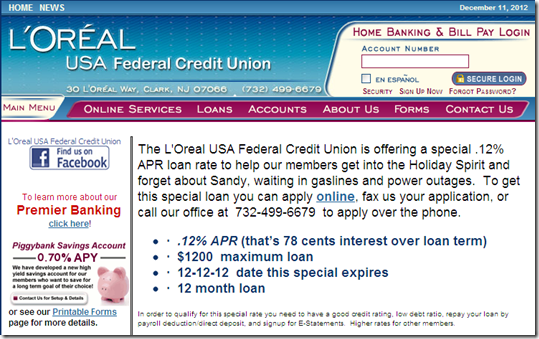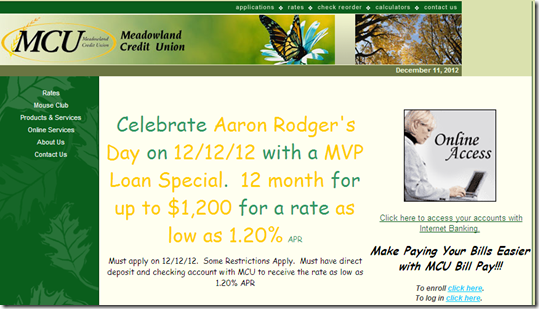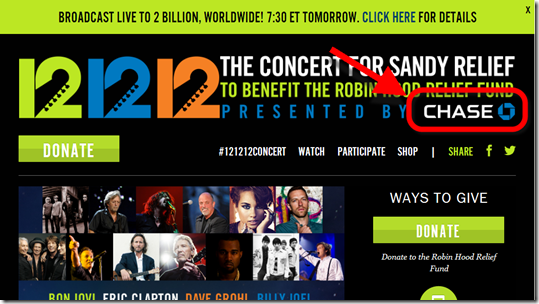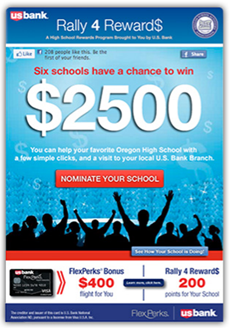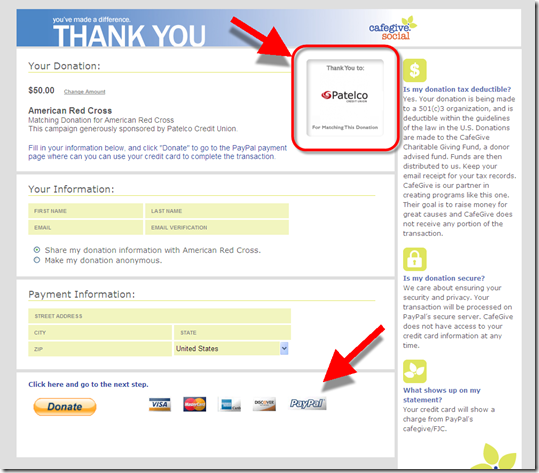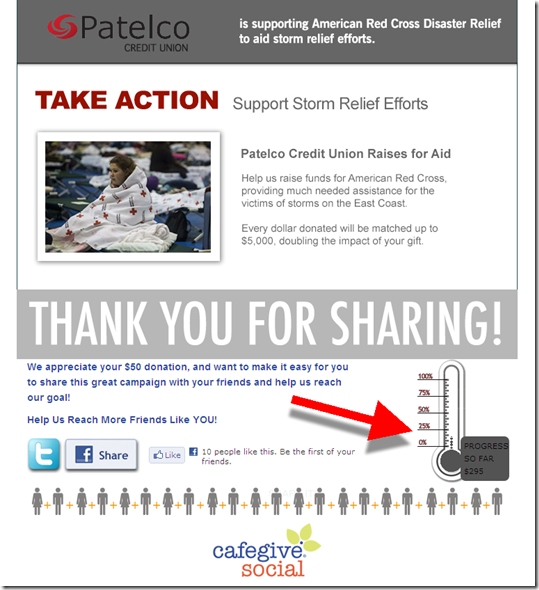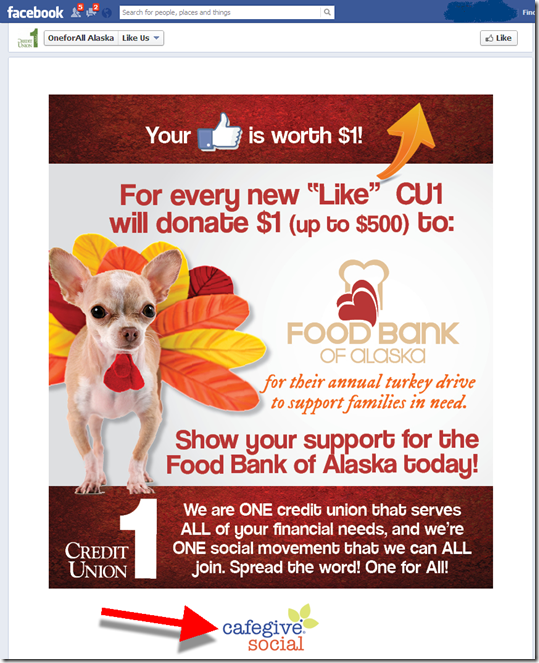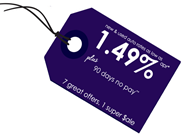 Last year, we were disappointed at the lack of promotions on double-triple-digit day, finding just a single promo 11/11/11 promotion (see our post on Notre Dame FCU). But it was Veteran’s Day and most U.S. banks were closed.
Last year, we were disappointed at the lack of promotions on double-triple-digit day, finding just a single promo 11/11/11 promotion (see our post on Notre Dame FCU). But it was Veteran’s Day and most U.S. banks were closed.
This year, 12/12/12 falls at a much better time in the promo calendar, and FI marketers responded, at least on the credit union side. In the first five pages of Google results we found 15 CU promotions, most offering 12-month, $1,200 loans.
However, it turns out that “12/12/12 loans” are regular December fare at a number of credit unions. Only four of the 15 were focused on the once-in-a-hundred-years date, one on the deposit side and three low-rate loan specials (note 1).
The standout deal? A 0.12% APR on a $1,200 loan from L’Oreal USA FCU.
Here are the four CU 12/12/12 promos:
- L’Oreal USA Federal Credit Union: 12-month, $1,200 loan with with APR = 0.12% (requires payroll deduction & estatements; link, screenshot #1)
- Meadowland Credit Union: 12-month, $1,200 loan with rate as low as 1.2% (direct deposit & checking account required; link, screenshot #2)
- Notre Dame Federal Credit Union: 120-day loan of $1,212.12 at an APR of 1.1212% (requires opening new credit card; link, screenshot #3)
- USAlliance FCU: 12-month, 1.2% APY CD (new money only; link, screenshot #4)
Other 12/12/12 loan seemingly unrelated to Dec 12, 2012 (with links to the loan page):
- Carolina Foothills FCU (link)
- Clackamas FCU (link)
- Ecusta Credit Union (link)
- Freedom FCU (ran during the summer, link)
- Fremont FCU (link)
- Gulf Coast Educators FCU (link; see banner at top of post)
- John Hopkins FCU (link)
- Northwest Georgia Credit Union (link)
- Northwest Resource FCU (link)
- SRP Federal Credit Union (link)
- Telhio Credit Union (link)
No banks seem to be joining the fun. Although Chase was promoting its sponsorship of the 12/12/12 Sandy benefit concert with an AdWords buy on Google yesterday (screenshot 5).
———————————-
1. L’Oreal USA FCU is offering a rate of just 0.12%
Note: Interest totals just $0.78 over the life of the loan, payroll deduction required
2. Meadowland Credit Union worked Aaron Rodger into its promo
3. Notre Dame FCU is the only FI that ran promotions on both 11/11/11 and 12/12/12 promotions (11 Dec 2012)
4. USAlliance FCU was the only one with a deposit special
Chase Bank is the headline sponsor of a Sandy benefit concert (link)
——————————————
Note:
1. We searched for “12/12/12 promotion credit union” and found many entries. The same search with “bank” instead of “credit union” turned about nothing (at least through the first dozen pages of results).
